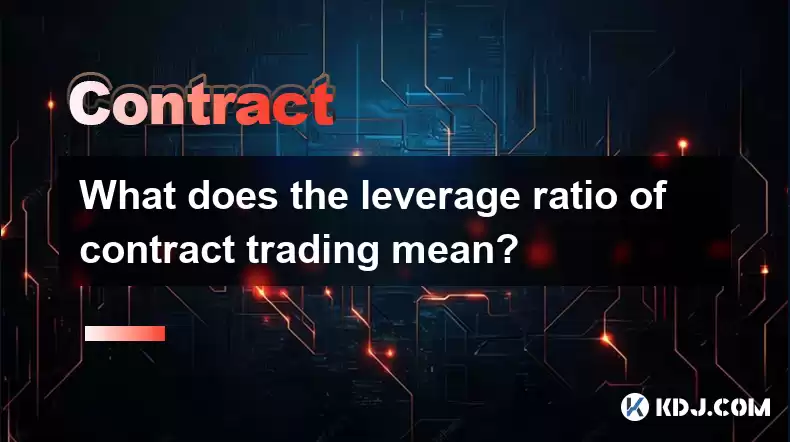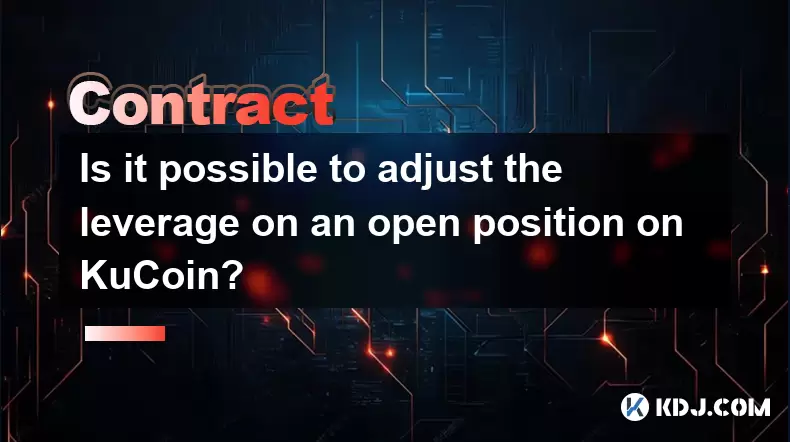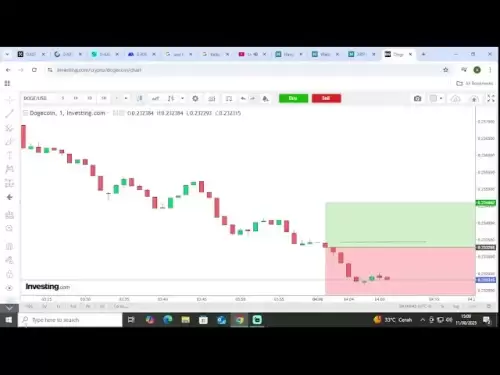-
 Bitcoin
Bitcoin $118800
-0.43% -
 Ethereum
Ethereum $4231
-0.53% -
 XRP
XRP $3.140
-1.41% -
 Tether USDt
Tether USDt $1.000
-0.02% -
 BNB
BNB $808.5
0.57% -
 Solana
Solana $175.1
-4.38% -
 USDC
USDC $0.9999
0.01% -
 Dogecoin
Dogecoin $0.2229
-4.71% -
 TRON
TRON $0.3458
2.18% -
 Cardano
Cardano $0.7744
-3.43% -
 Hyperliquid
Hyperliquid $43.19
-4.44% -
 Chainlink
Chainlink $21.19
-4.12% -
 Stellar
Stellar $0.4313
-2.84% -
 Sui
Sui $3.659
-5.59% -
 Bitcoin Cash
Bitcoin Cash $580.1
1.65% -
 Hedera
Hedera $0.2472
-4.61% -
 Ethena USDe
Ethena USDe $1.001
-0.03% -
 Avalanche
Avalanche $22.88
-3.98% -
 Litecoin
Litecoin $120.5
-2.63% -
 Toncoin
Toncoin $3.375
0.74% -
 UNUS SED LEO
UNUS SED LEO $8.984
-1.31% -
 Shiba Inu
Shiba Inu $0.00001296
-4.28% -
 Uniswap
Uniswap $11.06
1.08% -
 Polkadot
Polkadot $3.869
-4.65% -
 Cronos
Cronos $0.1664
1.09% -
 Dai
Dai $1.000
0.00% -
 Ethena
Ethena $0.7979
0.07% -
 Bitget Token
Bitget Token $4.395
-1.14% -
 Monero
Monero $268.2
-0.19% -
 Pepe
Pepe $0.00001125
-6.91%
What does the leverage ratio of contract trading mean?
In contract trading, the leverage ratio represents the multiplier by which a trader's position is amplified, enabling them to control a larger position than their initial capital would allow, potentially magnifying both profits and losses.
Dec 16, 2024 at 12:43 pm

What does the leverage ratio of contract trading mean?
Introduction
Leverage ratio is a key concept in contract trading, allowing traders to gain exposure to a larger position than their initial capital would allow. This can potentially amplify both profits and losses, making it crucial for traders to understand its implications.
Understanding Leverage Ratio
- Leverage ratio represents the multiple by which a trader's position is multiplied. For example, a leverage ratio of 100:1 means that for every $1 of capital, the trader can control a position worth $100.
- Leverage ratios vary depending on the trading platform, asset, and market conditions. Higher leverage ratios are generally associated with higher risk and volatility.
- Traders must be aware that while leverage can enhance potential profits, it can also lead to substantial losses. Margin calls may occur if the position moves against the trader, requiring them to deposit additional funds or liquidate their position.
Factors Influencing Leverage Ratio
- Asset Volatility: More volatile assets typically have lower leverage ratios to mitigate risk.
- Market Conditions: During periods of high market volatility, leverage ratios may be reduced by trading platforms to manage risk.
- Trader Experience: Inexperienced traders may be subject to lower leverage ratios as a protective measure.
- Regulatory Compliance: Regulatory bodies may impose limits on leverage ratios to protect consumers and maintain market stability.
Considerations for Choosing Leverage Ratio
- Risk Tolerance: Traders should only use leverage that aligns with their risk tolerance and ability to withstand potential losses.
- Trading Strategy: Scalpers and day traders may prefer higher leverage ratios for quick profits, while positional traders may seek lower ratios for long-term positions.
- Account Balance: The amount of available capital will determine the potential position size for a given leverage ratio.
- Market Analysis: Traders should consider market conditions and asset volatility when selecting an appropriate leverage ratio.
Example: Impact of Leverage Ratio
- A trader has $1,000 in their trading account and decides to trade Bitcoin with a leverage ratio of 10:1.
- They enter a long position for 1 Bitcoin, which is currently trading at $10,000.
- If the price of Bitcoin rises to $11,000, their profit would be $1,000 without leverage.
- However, with the 10:1 leverage, their profit is amplified to $10,000, since their effective position size is now 10 Bitcoins.
- Conversely, if the price of Bitcoin falls to $9,000, their loss would be $10,000 with the leverage ratio, compared to only $1,000 without leverage.
Conclusion
Leverage ratio plays a vital role in contract trading, potentially enhancing profits but also amplifying losses. Traders must carefully consider their risk tolerance, trading strategy, and market conditions when selecting an appropriate leverage ratio to optimize their returns while mitigating risks.
Disclaimer:info@kdj.com
The information provided is not trading advice. kdj.com does not assume any responsibility for any investments made based on the information provided in this article. Cryptocurrencies are highly volatile and it is highly recommended that you invest with caution after thorough research!
If you believe that the content used on this website infringes your copyright, please contact us immediately (info@kdj.com) and we will delete it promptly.
- Dogecoin's Wild Ride: Big Holders, Price Push, and What's Next for the Meme Coin
- 2025-08-12 08:30:12
- Bitcoin to $133,000? Here's What the Experts Are Saying
- 2025-08-12 08:30:12
- Dogecoin, Meme Coins, and Whale Buys: What's the Hype?
- 2025-08-12 06:50:12
- Bitcoin, Ethereum, and the Pump-and-Dump Merry-Go-Round: A New Yorker's Take
- 2025-08-12 07:10:12
- MAGACOIN Mania: Why Holders Are Staking Their Claim in This Bull Season
- 2025-08-12 06:30:13
- Heritage Distilling's Bold Bet: A $360M IP Treasury Powered by Story Protocol
- 2025-08-12 06:30:13
Related knowledge

Is it possible to adjust the leverage on an open position on KuCoin?
Aug 09,2025 at 08:21pm
Understanding Leverage in KuCoin Futures TradingLeverage in KuCoin Futures allows traders to amplify their exposure to price movements by borrowing fu...

What cryptocurrencies are supported as collateral on KuCoin Futures?
Aug 11,2025 at 04:21am
Overview of KuCoin Futures and Collateral MechanismKuCoin Futures is a derivatives trading platform that allows users to trade perpetual and delivery ...

What is the difference between realized and unrealized PNL on KuCoin?
Aug 09,2025 at 01:49am
Understanding Realized and Unrealized PNL on KuCoinWhen trading on KuCoin, especially in futures and perpetual contracts, understanding the distinctio...

How does KuCoin Futures compare against Binance Futures in terms of features?
Aug 09,2025 at 03:22am
Trading Interface and User ExperienceThe trading interface is a critical component when comparing KuCoin Futures and Binance Futures, as it directly i...

How do funding fees on KuCoin Futures affect my overall profit?
Aug 09,2025 at 08:22am
Understanding Funding Fees on KuCoin FuturesFunding fees on KuCoin Futures are periodic payments exchanged between long and short position holders to ...

What is the distinction between mark price and last price on KuCoin?
Aug 08,2025 at 01:58pm
Understanding the Basics of Price in Cryptocurrency TradingIn cryptocurrency exchanges like KuCoin, two key price indicators frequently appear on trad...

Is it possible to adjust the leverage on an open position on KuCoin?
Aug 09,2025 at 08:21pm
Understanding Leverage in KuCoin Futures TradingLeverage in KuCoin Futures allows traders to amplify their exposure to price movements by borrowing fu...

What cryptocurrencies are supported as collateral on KuCoin Futures?
Aug 11,2025 at 04:21am
Overview of KuCoin Futures and Collateral MechanismKuCoin Futures is a derivatives trading platform that allows users to trade perpetual and delivery ...

What is the difference between realized and unrealized PNL on KuCoin?
Aug 09,2025 at 01:49am
Understanding Realized and Unrealized PNL on KuCoinWhen trading on KuCoin, especially in futures and perpetual contracts, understanding the distinctio...

How does KuCoin Futures compare against Binance Futures in terms of features?
Aug 09,2025 at 03:22am
Trading Interface and User ExperienceThe trading interface is a critical component when comparing KuCoin Futures and Binance Futures, as it directly i...

How do funding fees on KuCoin Futures affect my overall profit?
Aug 09,2025 at 08:22am
Understanding Funding Fees on KuCoin FuturesFunding fees on KuCoin Futures are periodic payments exchanged between long and short position holders to ...

What is the distinction between mark price and last price on KuCoin?
Aug 08,2025 at 01:58pm
Understanding the Basics of Price in Cryptocurrency TradingIn cryptocurrency exchanges like KuCoin, two key price indicators frequently appear on trad...
See all articles

























































































